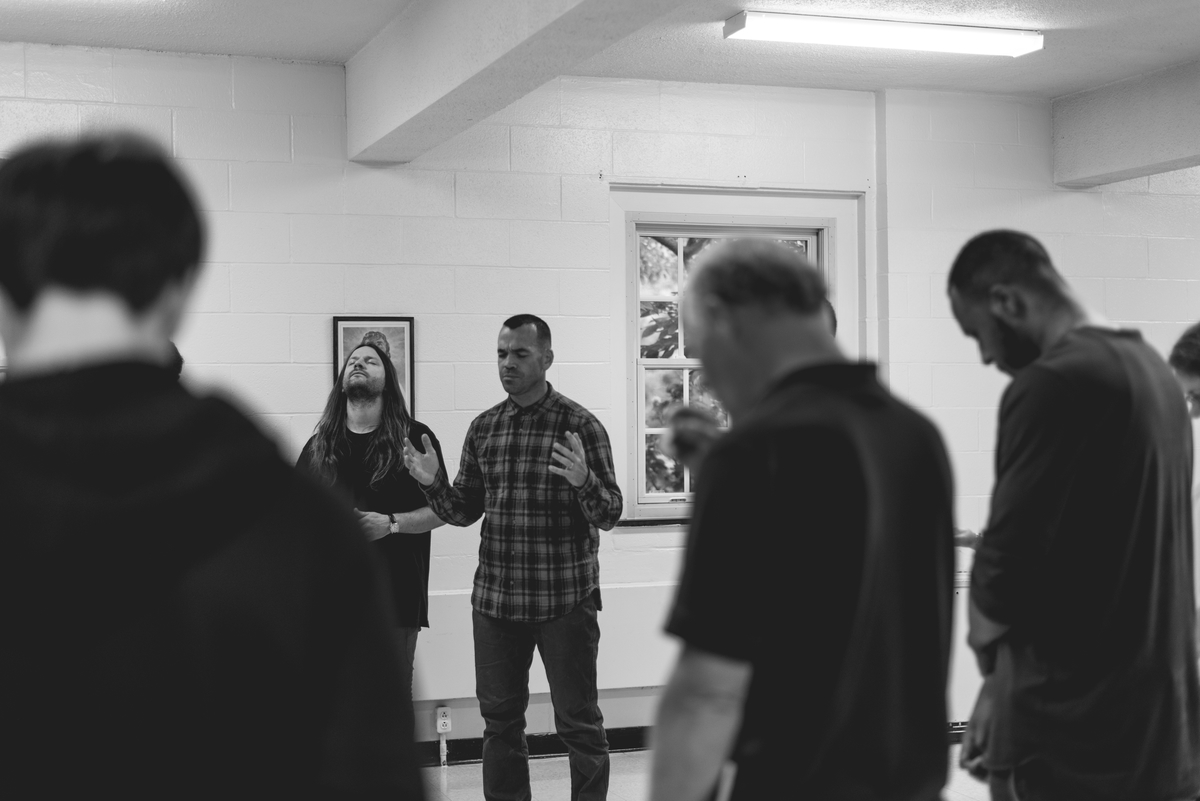I shared recently some theological truths behind the practice of advanced sermon planning: God exists outside of time and metaphors in the Scripture about pastoral ministry include wisdom and intentionality. Planning a teaching calendar in advance gives the preacher more time for research, prayer, and receiving illustrations through the regular rhythms of life. By knowing the general direction of what I will be teaching in upcoming months, I have more time for research (books, podcasts, commentaries, etc.) to explore more deeply the subjects I will be addressing. I am also given more time to pray for the teaching, and because I often see life through the lens of what I am praying through and studying, illustrations come to me as life unfolds.
But what does an annual teaching/preaching calendar look like practically? Because I am often asked this by other pastors and ministry leaders, I will share what works for me in two big buckets: the work and the timeline.
The work: There are three bodies of work in relation to the teaching calendar that are essential for how I function with my team: the teaching plan, the series brief, and the message manuscript. They begin from the macro broad view and move to the micro view the week a single message is delivered.
- The teaching plan is a twelve-month view that maps out the upcoming teaching series, the sermons within each teaching series, and the dates for each message.
- The series brief documents the heart behind each teaching series, the goals for the series, and a summation of each sermon within the series.
- The message manuscript is the teaching for a specific week to the congregation.
The timeline: For five years, here has been the timeline that has worked best for me, and (I believe) served our team and church the best.
- The teaching plan (6-18 months out) for the next calendar year is developed during my annual study break. I then share it with our Directional Elders, our teaching team, our pastors, and then our whole staff. It is 2-3 pages and maps out the next calendar year, which means the first sermon in the plan is approximately 6 months from the time they receive the document, and the last one is approximately 18 months away.
- The series briefs (6-18 months out) for the next calendar year are also developed during my annual study break. The briefs go through additional work with other pastors on our team after I submit a first draft—with titles, opportunities for coordination, and some dates shifting. For example, if a team member suggests we change the order of messages within a teaching series because of better alignment to ministries in our church, we do so…unless of course it is a sermon series that teaches through a book verse-by-verse, as the order of the verses can’t be tweaked. The series brief is the source document that communications, worship, arts, groups, and other ministries in our church utilize for planning.
- I review my message manuscript (3 weeks out) with a teaching team in a meeting 3 weeks before I will deliver the sermon. I receive feedback, encouragement, and questions. Graphics and illustrative help are divided in the meeting, and I walk away from that meeting with several hours more of work to give to the sermon.
Monday is all-day sermon preparation for me, and I am reading, praying, and preparing for messages further out. Wednesday morning, I also spend in sermon preparation, but that day is typically focused on final touches for the message I am giving that coming weekend. Because I know what I am teaching months out (the sermon brief is set), I listen to podcasts and sermons when exercising and am reading ahead.
I know that this approach to sermon planning is surely not the only way to plan and likely not the best plan. But it is surely better than no plan!





